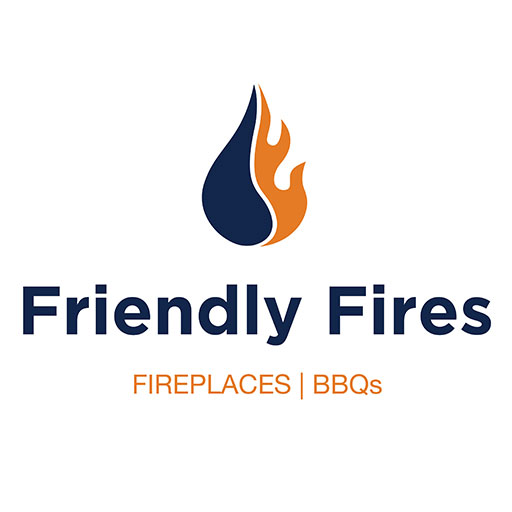I just ordered a rheostat and my wife talked me through how to hook it up. She's the one with the electrical engineering degree, who also happens to be in Ontario at the moment.Just to see I had my youngest son came over with his Gauge .
He is an HVAC tech here in Ontario. He tested my draft and found where I
have it set is higher than recommended. We adjusted it as close as it
would go to recommended ( really not even close with draft almost closed)
Flame very dirty black tips. So we adjusted the fire for its best burn
clean and efficient. That's all I ask for from my stove other than heat

Meanwhile the mfg is suggesting the problem is that I don't have an OAK installed, ignoring the whole "wind tunnel in the fire pot" problem.





 or colder in the middle of winter
or colder in the middle of winter